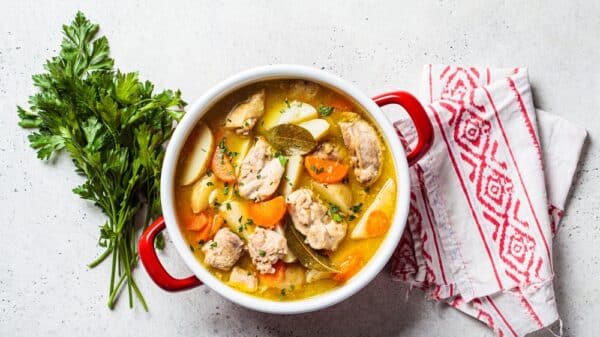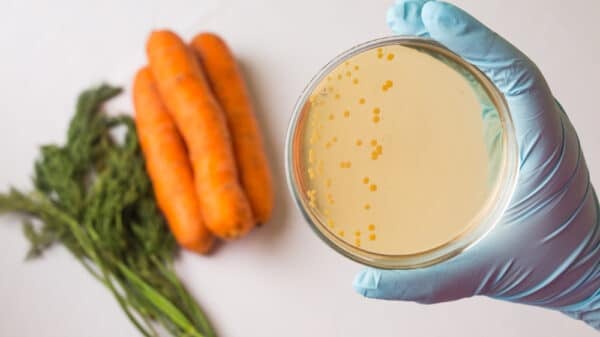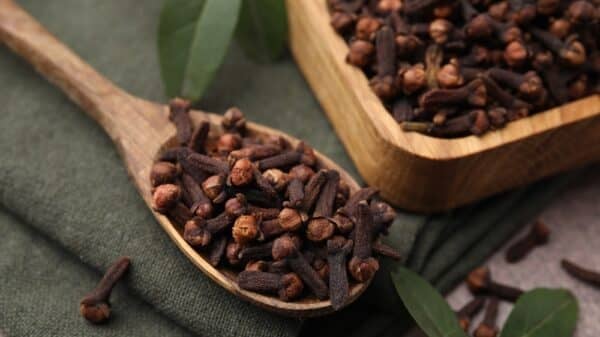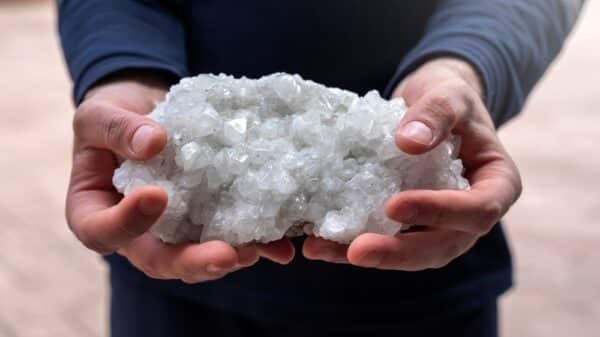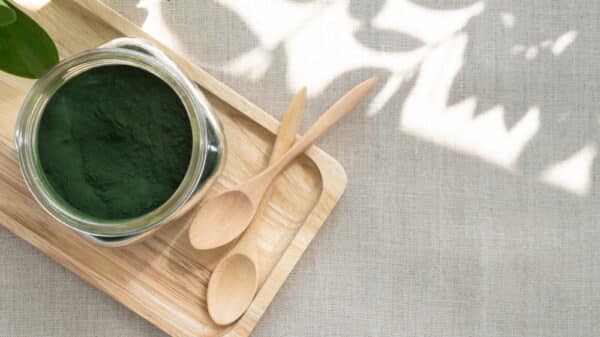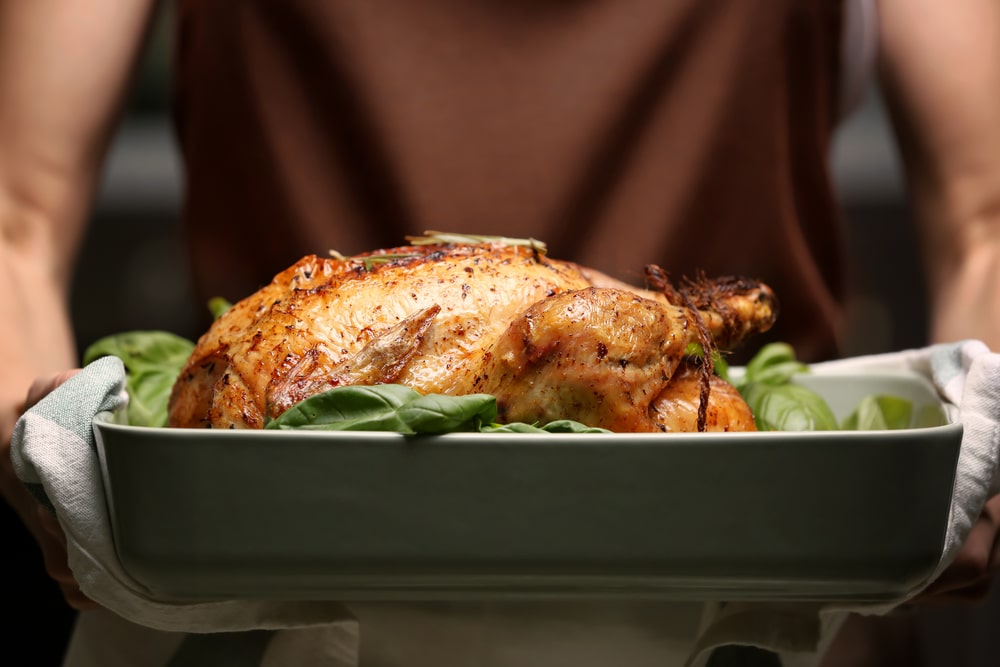As the holiday season rolls around each year, you can bet your bottom dollar that food blogs and culinary websites will light up with one hot topic: brining a turkey. If you’re new to turkey prep and find yourself feeling overwhelmed, I’m here to be your trusted guide. Think of me as your brine mentor—ready to demystify this culinary tradition that has sparked endless debates. From the right time to start brining and how much brine you’ll need, to which method is best, I’ll help you navigate the flavorful world of turkey brining.
What exactly is brining? It’s a time-honored technique that involves soaking your bird in a saltwater solution, which may also contain sugar, spices, and aromatic elements like garlic or herbs. Whether you choose to whip together a simple saltwater mix or create a complex concoction with plenty of other flavors, the goal is the same: to transform your turkey into a juicy, flavorful centerpiece for any gathering. This brining process can take anywhere from just a few hours overnight to a few days, allowing the turkey skin and meat to fully absorb the goodness.
So, why is brining so important? First and foremost, it adds a punch of flavor and an important boost of moisture. Think about it: slow-roasted turkey—especially one that’s a hefty 12 pounds—can spend as much as three hours or more in the oven. That’s a long time for moisture to escape and skin to dry out, which is definitely NOT the goal for your feast. Beyond just moisture, a brine ensures that every nook and cranny of your turkey is well-seasoned. No one wants to carve into a perfectly cooked bird only to find bland spots hiding beneath the skin!
Salt is a superstar in this process, leading to something called the Maillard reaction. This magical process not only gives baked goods like cookies their delightful golden crust but also ensures your turkey skin gets that equally mouthwatering crunch. Salt draws out moisture, prompting proteins in the skin to break down and creating a beautiful brown surface when it’s roasted. Nobody wants to miss out on that fabulous color and texture!
Now, when it comes to the grand debate of wet versus dry brining, opinions can truly clash. Some swear by the wet brine method, which involves soaking your turkey in that aromatic saltwater bath. It’s messy and requires a bit more prep time, but many believe it guarantees the best flavor and moisture. On the flip side, dry brining proponents argue that it’s more effective since the salt can penetrate the meat directly without being diluted by water. It also creates less cleanup and takes up less fridge space—who doesn’t appreciate that during the bustling holiday season? At the end of the day, it simply comes down to what works best for you.
Are you feeling the pressure of having to brine your turkey? Rest assured, you can absolutely skip this step if it doesn’t sit well with you. The best part of preparing a Thanksgiving meal is putting your own spin on it. However, you should keep in mind that moisture retention during cooking is vital. So if you’re choosing not to brine, here are some great alternatives to keep your turkey from drying out:
1. **Get a trusty meat thermometer**: Invest in one—your turkey’s juiciness will thank you for it! Keeping an eye on the cooking temperature (aim for at least 165°F) will help you avoid the all-too-common pitfall of overcooking.
2. **Tent your turkey with foil**: Yes, it’s a classic method, but it works like a charm. A loose foil cover will trap moisture, allowing it to circulate back around the bird, essentially creating a little steam bath. It’s like giving your turkey its own personal spa treatment.
3. **Try a butter rub**: Want to keep things simple yet flavorful? Smearing a layer of butter on your turkey not only helps to lock in moisture but also adds that rich flavor we all crave. Think of it as a cozy insulating blanket for your turkey.
4. **Leave the cavity empty**: While a beautifully stuffed turkey makes for great Instagram shots, packing the cavity can hinder even cooking. Instead of taking the risk of having a partially raw stuffing, save that until after the bird is cooked—just add pre-cooked items to the plate for an extra layer of flavor.
At the end of the day, whether you choose to brine or not, the most important thing is creating delicious memories with your loved ones around the table. Every bite of that turkey should be a reflection of your unique style and the joy of the season. Happy cooking, and may your turkey be juicy and your holiday bright!











